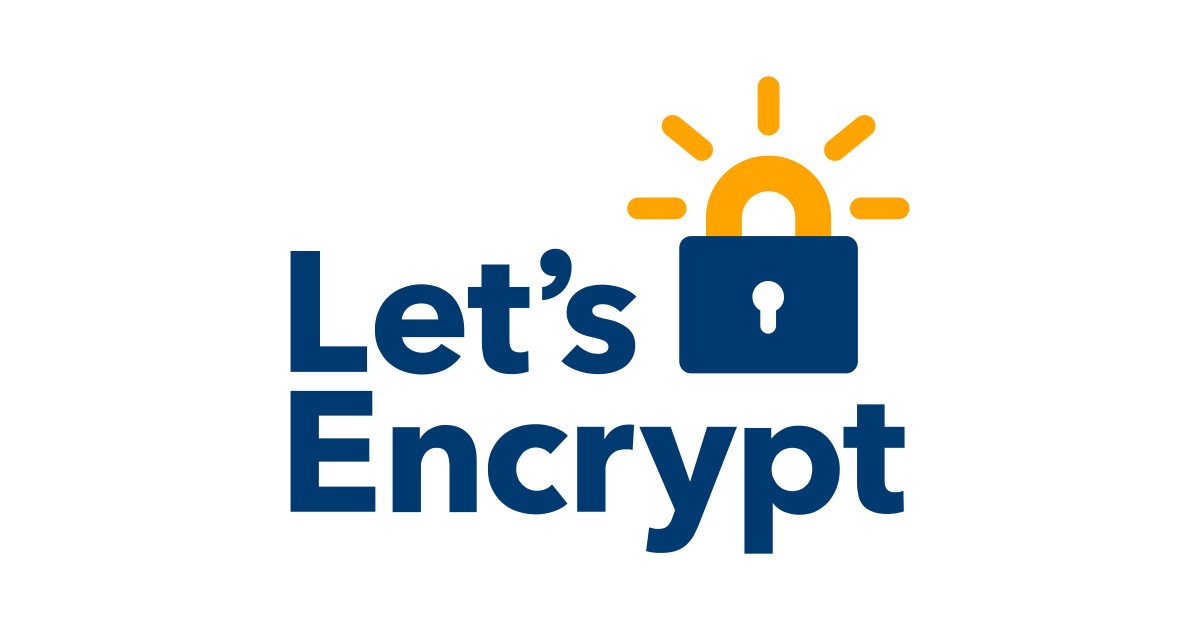Let's Encrypt Stats - Let's Encrypt
Please note that the Let's Encrypt Growth and Let's Encrypt Certificates Issued Per Day charts are undergoing updates and may not reflect the most recent data. Let's Encrypt Growth Percentage of Web Pages Loaded by Firefox Using HTTPS (14-day moving average, source: Firefox Telemetry) Let's Encrypt Certificates Issued Per Day| letsencrypt.org

